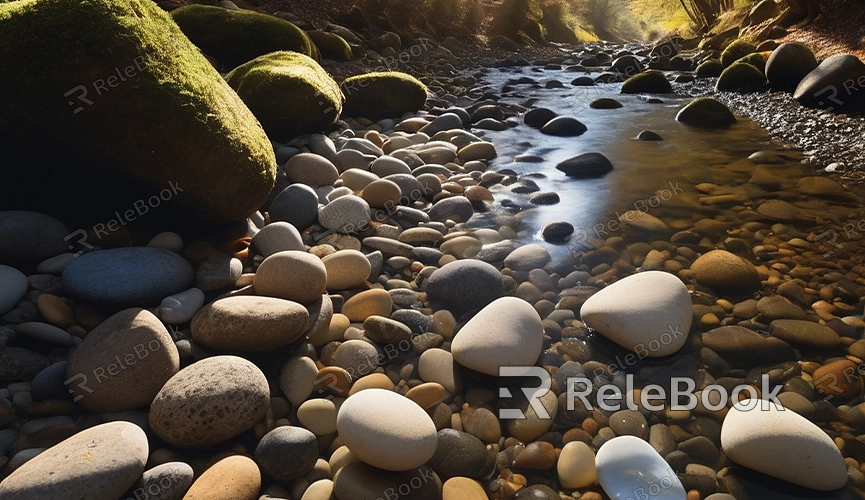How do i render the completed video in blender
When working on video projects using Blender, rendering is a crucial step to output your completed scenes and animations into video files. This article provides detailed steps and techniques on how to render a completed video in Blender.
Preparation
Before proceeding with video rendering, ensure the following preparations are complete:
- Complete Scenes and Animation: Ensure your scenes and animations are finished and have been properly previewed and adjusted within Blender.
- Set Rendering Parameters: Open Blender and set up rendering output parameters including resolution, frame rate, output format, and others as needed.
Setting Up Rendering Output

Setting up rendering output in Blender is pivotal as it determines the quality and format of the final video:
- Output Settings: Navigate to the render settings interface, choose output options such as video resolution (e.g., 1920x1080), frame rate (typically 24 or 30 frames per second), and output format (e.g., MP4 or AVI).
- File Path: Select a destination path and file name for the output file, ensuring it's easily accessible and manageable.
Adjusting Rendering Settings
Blender offers extensive rendering settings that can be adjusted according to your project's needs:
- Rendering Engine Selection: Blender features two main rendering engines, Cycles and Eevee. Choose the rendering engine that best suits your project requirements.
- Lighting and Materials: Fine-tune lighting and materials to achieve the desired color and lighting effects in your scene.
Setting Frame Range and Step
Before rendering, it's necessary to set the frame range and step:
- Frame Range: Select the range of frames to render, which can be the entire animation sequence or a specific frame range.
- Frame Step: Set the frame step for rendering, determining how many frames are rendered at each interval.
Initiating Rendering
Once all settings are adjusted:
- Start Rendering: Click the "Render" button in the Blender interface to begin rendering. Blender will render each frame within the specified frame range.
- Monitor Progress: During rendering, monitor the progress bar and rendering time to ensure smooth processing.
Completing Rendering and Exporting Video
After rendering is finished, proceed with the final export steps:
- Exporting Video: In Blender, exporting the rendered video involves selecting the "Output" options and configuring format and quality settings.
- Save File: Click the "Save After Rendering" button, choose the save path and file name. Blender will save the rendered video to the specified location.
By following these steps, you have learned how to render a completed video in Blender. Whether creating animations, video tutorials, or visual effects for film and television, Blender offers powerful rendering capabilities and flexible settings to help you produce high-quality video projects. For those needing high-quality 3D textures, HDRI environments, or downloadable 3D models for their modeling and virtual scene creation, Relebook provides resources that can be seamlessly integrated into your Blender projects. We hope this article has been helpful in enhancing your proficiency in Blender for video rendering and production.

